Orlando Express Movers



The final estimated price is :
| Description | Information | Quantity | Price |
|---|---|---|---|
| Discount : | |||
| Total : | |||
Why Choose Orlando Express Movers?
Unmatched Experience
We’ve been mastering the art of moving for over a decade. Whether it’s a local move across town or a long-distance relocation, we’ve got the expertise to handle it all.Reliability You Can Count On
Our professional, highly trained team is here to ensure your belongings are handled with care and respect, every step of the way.Stress-Free Moving, Guaranteed
From packing to unpacking, and everything in between, we handle the hard stuff so you can focus on starting the next chapter of your life.
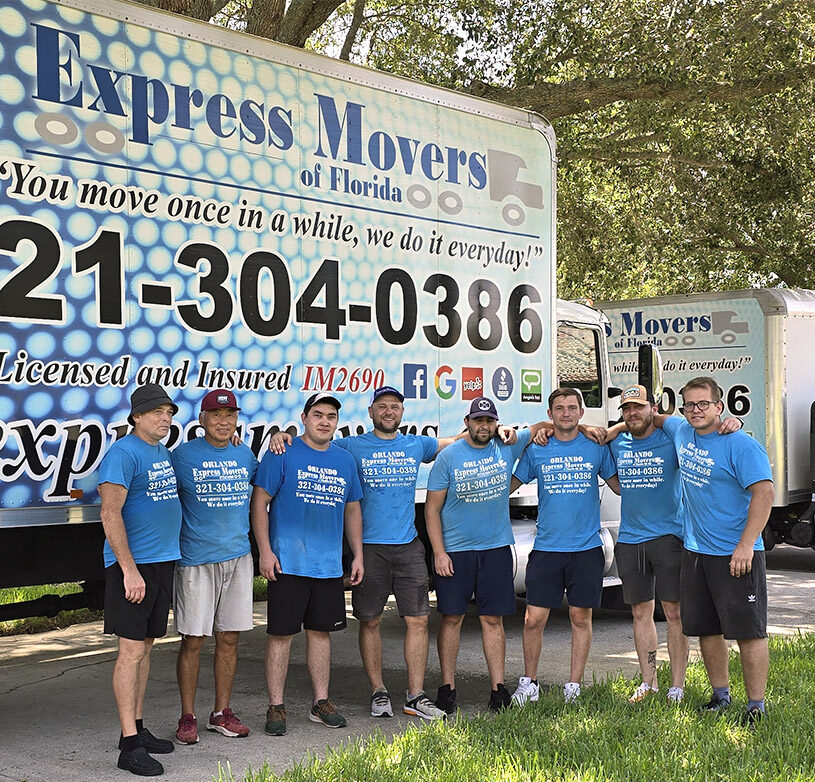
Moving doesn’t have to be stressful – it can be simple and smooth. And yes, it is even enjoyable when you have the right team by your side.
At Orlando Express Movers, we’ve spent over 18 years perfecting the art of moving, ensuring every relocation is handled with care, precision, and professionalism. Our dedication to delivering exceptional service has earned us the reputation of being the go-to movers in Orlando.
With a remarkable 95% customer referral rate and countless 5-star reviews, we’ve built our business on trust, reliability, and customer satisfaction. When you choose us, you’re not just hiring movers—you’re partnering with a team that treats your belongings, your time, and your move as if it were our own.
95%
18
4.9/5
Testimonials

Trustindex verifies that the original source of the review is Google. On the day of the move, I was paired with David and his crew and they were very fast, extremely efficient with timing and packed everything well. Very good service! Excellent price and the first time in a move that I wasn’t charged random little things as the love was happening.Trustindex verifies that the original source of the review is Google. They were speedy (a full apartment move down and up 4 flights both ways), knew how to take everything apart and put it back together and we’re just overall nice pleasant guys to move with. Did I mention they took two big moving bags each down at a time?? 💪💪 Highly recommend them for your next move. Good price, great quality. 🩶Trustindex verifies that the original source of the review is Google. 5 stars isn't enough for the service they provide. These guys are very punctual, professional, friendly and they live up to the company name( Express Movers ) and trust me when I say express is an understatement. I would recommend them to anyone looking for movers.Trustindex verifies that the original source of the review is Google. The movers were not only quick but also extremely careful, ensuring everything was packed and transported securely. They handled everything with great attention to detail and were super helpful throughout the entire process. It was clear they take pride in their work.Trustindex verifies that the original source of the review is Google. I had a great experience with Orlando Express Movers Inc. when they helped us move to our new home on Saturday. The team was professional and efficient, handling our belongings with great care. They even took the time to rearrange furniture to ensure everything fit perfectly in our new space. Their assistance made the moving process much easier. Thank you for your outstanding service!Trustindex verifies that the original source of the review is Google. Excellent movers! On time , courteous, efficient. I had a very expensive piece of furniture that was handled with care. I’d would highly recommend this company.Trustindex verifies that the original source of the review is Google. All the furniture was wrapped and protected, even the sofa cushions. The two guys that did the moving could not have been more courteous or professional. They unwrapped and set every piece exactly where we wanted them with smiles on their faces. I will never hire a different moving company and have no hesitation recommending Orlando Express Movers Inc.. Thanks again.Trustindex verifies that the original source of the review is Google. The showed up on time, answered my questions and worked at a very brisk pace. They took very good care of the items they moved. They did an excellent job of disassembling and then re-assembling my daughter's bunk bed. They asked me many questions to make sure they knew exactly where to put things. I highly recommend Orlando Express Movers Inc.!!Trustindex verifies that the original source of the review is Google. They moved all our furniture with impressive speed and utmost care. Not only were they friendly and organized, but they also brought a level of professionalism that truly stood out. Their attention to detail and efficiency made the entire process seamless. Highly recommend these guys for a stress-free moving experience!Trustindex verifies that the original source of the review is Google. Great service. Delicate and moved a baby grand flawlessly! Thank you so much for taking care of our family heirloomLoad more
For Our Valued Customers
Or listen to what others have to say:
Our Moving Services
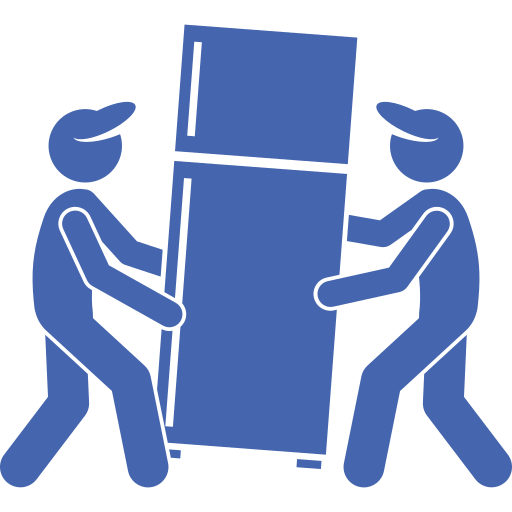
Residential Moving
We specialize in local residential moves across Orlando and Central Florida. From downtown relocations to nearby neighborhoods, we ensure a smooth and efficient moving experience.

Commercial Moving
Orlando Express Movers specializes in seamless commercial relocations. From meticulous planning to expert handling of office equipment, we ensure minimal disruption and a smooth transition for your business.

Piano Moving
Trust Orlando Express Movers for expert piano moving services. We handle your cherished instrument with precision and care, ensuring a safe and seamless relocation.
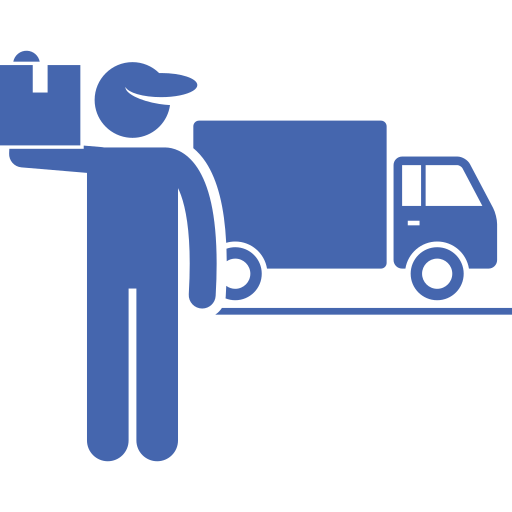
Labor Moving Services
Need an extra set of hands? Our Labor Moving Services provide skilled professionals to assist with loading, unloading, packing, and more—making your move efficient and hassle-free.

Packing & Unpacking
Packing and unpacking made easy with Orlando Express Movers! With over 10 years of experience, we treat your belongings with the utmost care and professionalism.
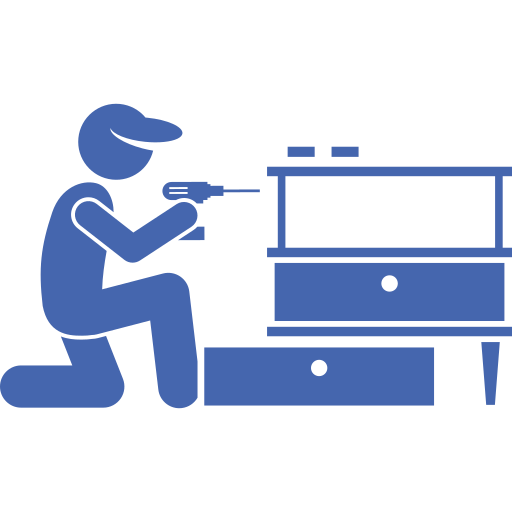
Furniture Assembly & Disassembly
Leave your furniture assembly and disassembly to Orlando Express Movers! We handle every piece with care, ensuring a hassle-free process from start to finish.
Let’s Make Your Orlando Move Happen!
Moving is a big step, but it doesn’t have to feel overwhelming. With Orlando Express Movers, we turn what could be a stressful process into a seamless and straightforward experience. From the moment you reach out to us, our team is dedicated to making your move as easy and efficient as possible.
Whether you’re moving across town or relocating to a new city, we’re here to handle all the details so you don’t have to. Our expert team takes care of everything—from carefully packing your belongings and safely transporting them to unpacking and setting up your new space.
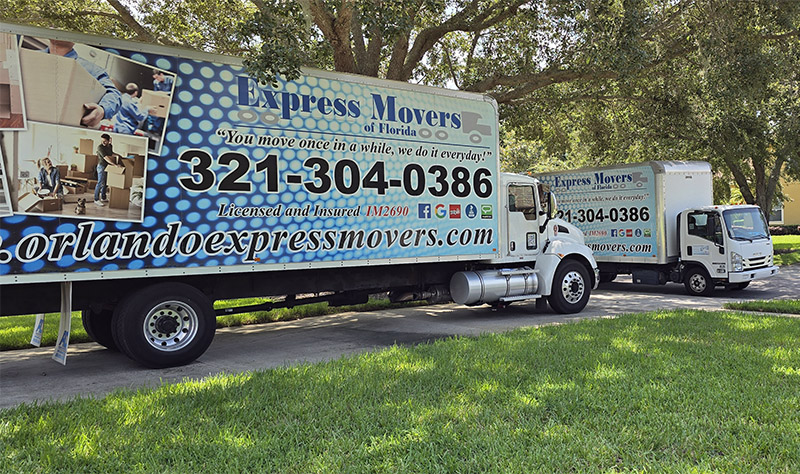
We know every move is unique, which is why we tailor our services to your specific needs, providing the highest level of care every step of the way.
When you choose Orlando Express Movers, you’re not just hiring a moving company—you’re partnering with a team that truly cares about your satisfaction and peace of mind. It’s no wonder so many of our clients recommend us to friends and family.

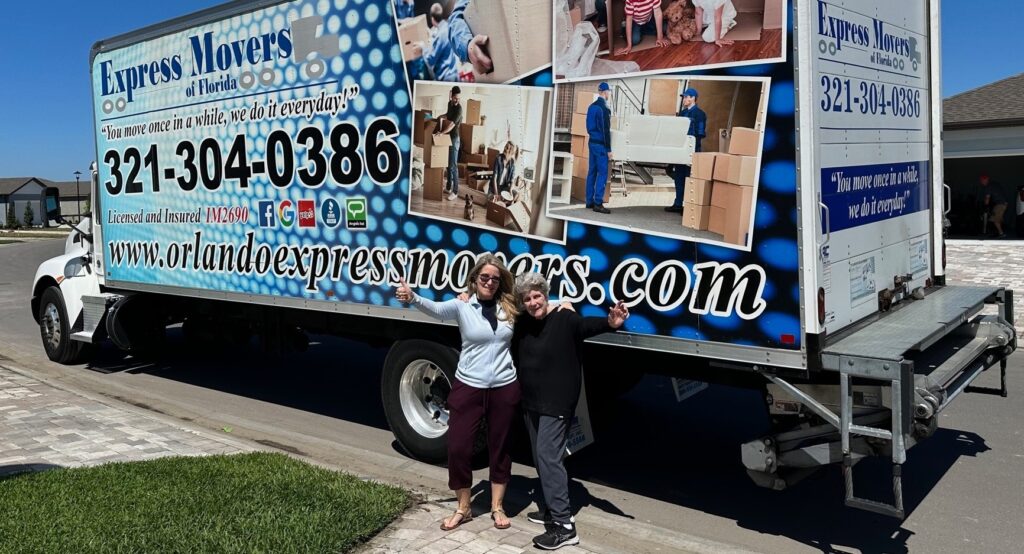
Ready to start your stress-free move? Don’t wait any longer! Click below to get your free, no-obligation quote, and let us show you why we’re the top-rated moving company in Orlando.
















